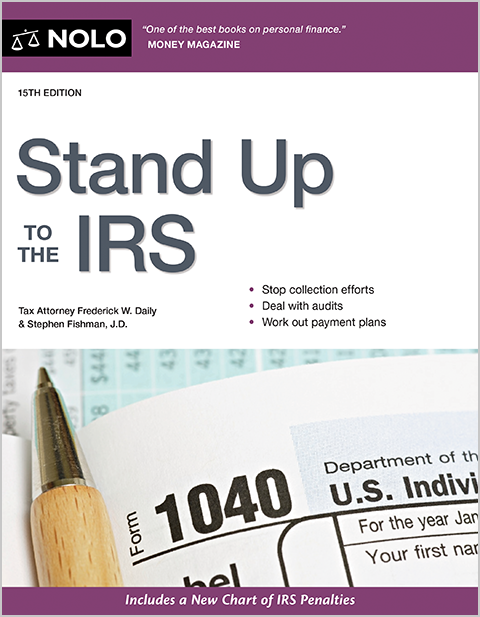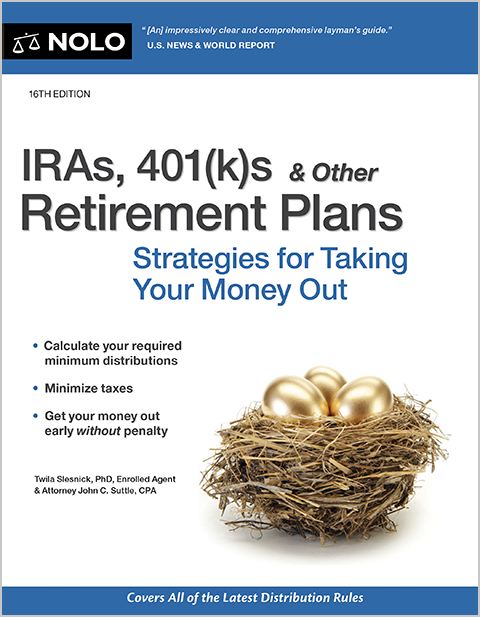Taxpayers who get refunds are basically giving the IRS an interest-free loan.
The United States has a "pay as you go" federal income tax. This means you must pay your income taxes to the IRS throughout the year, instead of paying the whole amount due on April 15.
If you're an employee, your employer withholds your income and Social Security and Medicare taxes from your paychecks and sends the money to the IRS. You'll get a tax refund if your employer withholds too much from your paycheck. But you can change your tax withholding.
How Much Is the Average Tax Refund?
The average taxpayer gets a tax refund of about $2,800 every year. Again, this is because too much tax is withheld from their paychecks.
If You Get a Refund, You're Giving the IRS an Interest-Free Loan
In effect, taxpayers who get refunds are giving the IRS an interest-free loan of their money. Nevertheless, many taxpayers like getting refunds. Indeed, there were widespread complaints when many taxpayers received smaller refunds for 2018 than in past years because the IRS recalculated their withholding to take into account changes under the Tax Cuts and Jobs Act.
Why You're Better Off Not Getting a Refund
If you like getting a refund, go ahead and overpay your withholding. Some people view this as a form of forced savings.
However, you'll be better off if you don't have too much tax withheld. Ideally, your withholding should match the actual amount of tax you owe for the year. This way you'll have more money in your pocket each month.
How Much Employers Withhold From Your Income
The amount of income tax your employer withholds from your regular pay depends on two things:
- the amount you earn, and
- the information you give your employer on Form W–4.
What Is IRS Form W-4?
When you start a new job, you must fill out IRS Form W–4, Employee's Withholding Certificate and give it to your employer. Form W-4 includes information that your employer will use to figure your withholding, such as whether to withhold at the single rate or at the lower married rate, how many dependents you have, and whether you want an additional amount withheld.
Can I Change My Withholding?
Your W-4 isn't set in stone. You can always give your employer a new W-4 to change your withholding. Examples of changes that might require changes in your W-4 include:
- getting married or divorced
- having or adopting a child
- changes in the amount of income you have not subject to withholding such as interest, dividends, and capital gains
- buying a new home
- retiring from your job
- increased tax deductible expenses for items such as medical bills, taxes, interest, charitable gifts, job expenses, dependent care expenses, or
- qualifying for a new tax credit, such as the earned income credit or education credit.
You should check your W-4 in early November to give you time to make adjustments by the end of the year. You should also check it again after you file your taxes for the prior year. If too much was withheld for that year, have less withheld for the current year. You'll probably qualify to increase your withholding.
What Happens If I Don't Have Adequate Withholding?
If the IRS determines that you don't have adequate withholding, it may direct your employer to withhold more federal income tax by issuing a "lock-in letter." At that point, your employer must disregard any Form W-4 that decreases the amount of your withholding.
You will receive a copy of the lock-in letter and have an opportunity to submit to the IRS a new Form W-4 and a statement supporting the claims made on the Form W-4 that would decrease your federal income tax withholding. Once a lock-in letter is issued, you won't be allowed to decrease your withholding unless the IRS approves it.
Using a Withholding Calculator
Form W-4 contains worksheets you can use to figure how much you should have withheld. However, it's a lot easier to use the IRS's online withholding calculator.
Tax preparation software can also calculate your withholding.
Talk to a Tax Attorney
Need a lawyer? Start here.
How it Works
- Briefly tell us about your case
- Provide your contact information
- Choose attorneys to contact you
- Briefly tell us about your case
- Provide your contact information
- Choose attorneys to contact you

